The Nordic Diet: What It Is, How It Works
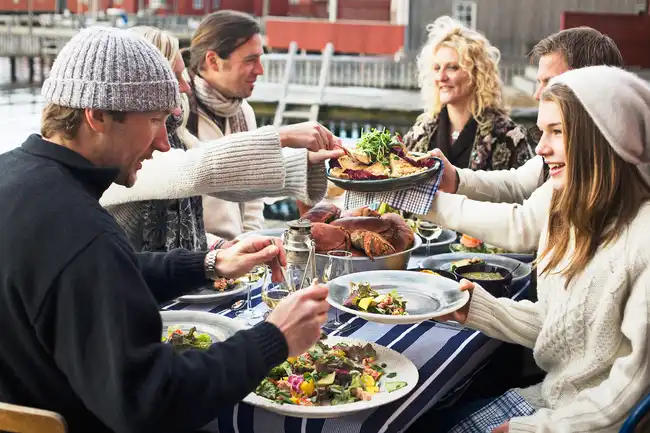
Where’s It From?
The Nordic countries include Denmark, Finland, Norway, Iceland, Sweden, and Greenland. The “Nordic diet” is based on their traditional ways of eating. Like the more famous Mediterranean diet, it’s not really about weight loss. Instead, it's a delicious way to eat healthy. So, what foods does it include?
Swipe to advance

2
/
15
What Can You Eat?
This style of eating is based on these guidelines:
- More fruits, vegetables, and seasonal and organic foods when possible
- More whole grains
- More food from seas, lakes, and the wild
- Higher-quality meat and less of it
- Less processed, less sugary foods
- Cook at home more
- Waste less
Swipe to advance
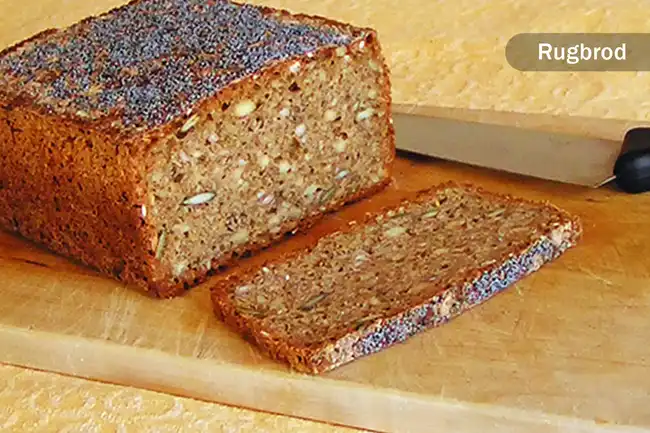
3
/
15
Whole Grains
Think whole-grain crackers from Sweden or the dark, dense sourdough rye bread from Denmark called rugbrod. Or you can also choose any other high-quality “complex” carbohydrates that are rich in fiber. They take longer to digest than the “simple” carbs found in many processed foods like white bread, pastries, and candy bars. They also have lots of vitamins, minerals, and antioxidants that help protect your cells.
Swipe to advance
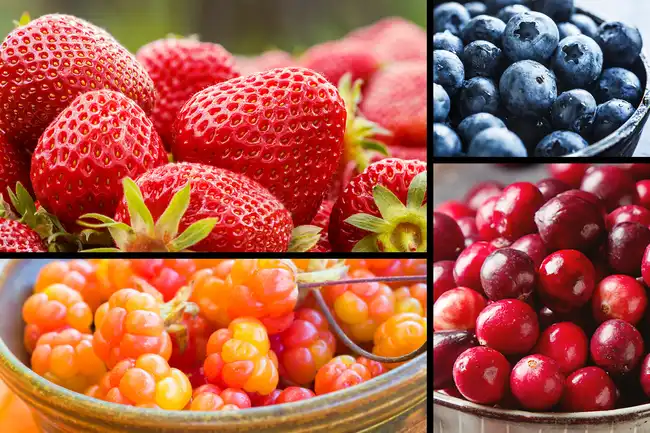
4
/
15
Berries
They’re a big part of the Nordic way of eating. That’s a good thing because when you eat lots of them, you’re less likely to gain weight. They’re also a good source of antioxidants called anthocyanins, which seem to keep your veins and arteries healthy and flexible, and may help lower your blood pressure.
Swipe to advance

5
/
15
Canola Oil
You might know that the Mediterranean and DASH diets include olive oil. The Nordic diet generally uses canola oil instead. Like olive oil, it’s low in saturated fat and higher in healthy monounsaturated fat. Also, it has alpha-linolenic acid, an omega-3 that may help protect your brain, including from stroke.
Swipe to advance
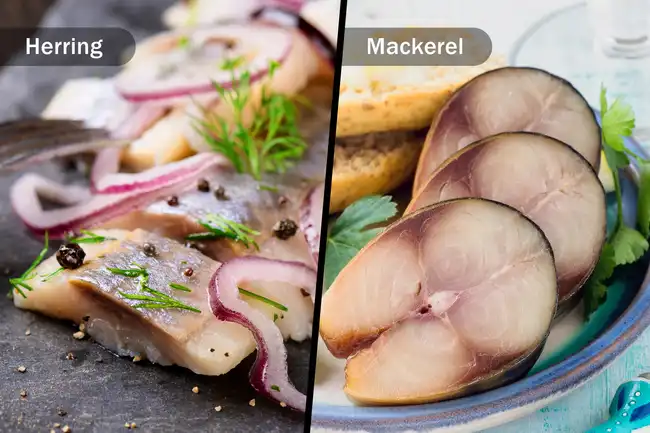
6
/
15
Fatty Fish
They have certain omega-3 fatty acids that your body can’t make. These could lower your chance of having heart rhythm problems, lessen plaque buildup in your arteries, and cut down on fat in your blood (triglycerides). You might know about salmon, sardines, and albacore tuna. Nordic cultures like herring and mackerel too, which they cook, but also dry, pickle, and ferment. Shoot for two to three servings a week.
Swipe to advance
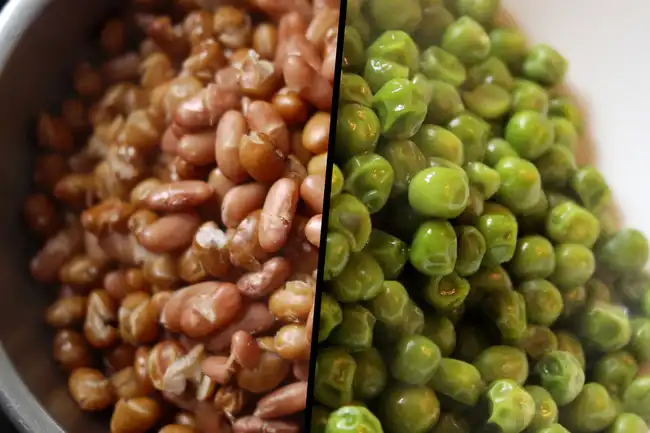
7
/
15
Beans and Peas
The Nordic diet recommends them as one of the major sources of complex carbs and fiber in your daily diet, along with whole grains, berries, and vegetables. They’re a great source of protein, especially to replace some of the calories you get from red meat. And they have lots of nutrients like riboflavin, B6, calcium, zinc, and iron.
Swipe to advance
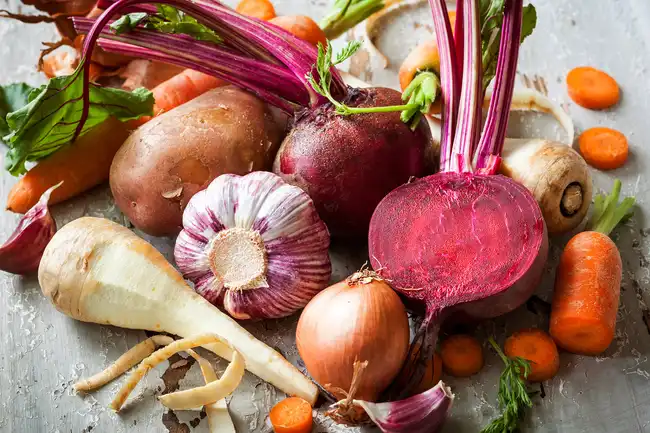
8
/
15
Root Vegetables And Tubers
Carrots, parsnips, beets, and potatoes are typical. Though they can be high in calories, they also give you fiber, which takes longer to digest and keeps your blood sugar more stable. And they’re loaded with nutrients that help protect your cells, lower your cholesterol, and help fight infection.
Swipe to advance

9
/
15
Nuts and Seeds
They’re a source of complex carbs and fiber, as are whole grains, berries, and vegetables. They’re rich in zinc, copper, potassium, vitamin E, niacin, antioxidants, and mono- and poly-unsaturated fats (MUFAs and PUFAs).
Swipe to advance

10
/
15
Cholesterol
This way of eating may help lower “bad” (LDL) cholesterol in people who start out with higher than normal LDL levels. And it may work even for people who don’t lose weight on the diet. You should get a cholesterol blood test every 4 to 6 years -- more often if you have heart health problems.
Swipe to advance

11
/
15
Obesity
When people shift to this way of eating, they tend to lose weight, especially the fat you carry around your waist. That’s better for you than losing it from elsewhere on your body. And if you follow this plan, it may help you keep those pounds off. People in Denmark were more likely to stick with the diet and said they were more satisfied, compared with those who didn’t change their eating habits.
Swipe to advance
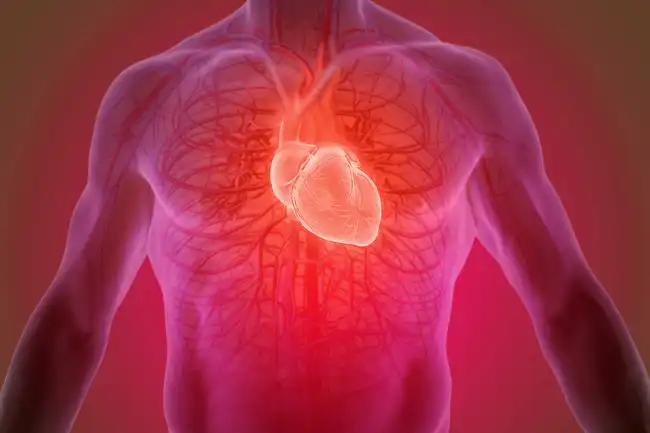
12
/
15
Heart Disease
Unhealthy cholesterol, blood pressure, glucose, and insulin levels are all “risk factors” for heart disease -- that is, they make you more likely to get it. Because the Nordic diet seems to improve these issues in many people, scientists think this way of eating might help support heart health, too.
Swipe to advance

13
/
15
Type 2 Diabetes
As with heart disease, this approach helps ease some of the issues linked to type 2 diabetes, like inflammation and obesity. That’s why many doctors figure it probably helps prevent the disease over the long term. Still, they need to do much more research to know for sure.
Swipe to advance
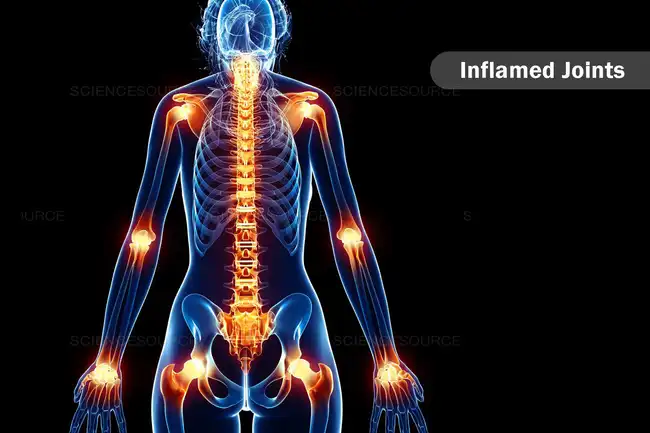
14
/
15
Inflammation
It means the swelling of tissues all over your body, and it’s linked to diseases like diabetes, heart disease, and high blood pressure that can lessen the quality and length of your life. A healthy Nordic-style diet seems to be a good way to keep it away. Of course, diet is not the only cause. It’s important to get regular exercise and sleep well, too.
Swipe to advance

15
/
15
It’s Green, Too!
One of the main goals of the Nordic diet is to be environmentally friendly. So while it’s good for your health to eat a diet that’s more plant-based than animal-based, it’s also good for the planet. That’s because plant-based foods are less taxing on the land, the climate, and the atmosphere. So you can make yourself healthy and do something for the Earth while you’re at it.
Swipe to advance
- Get link
- X
- Other Apps